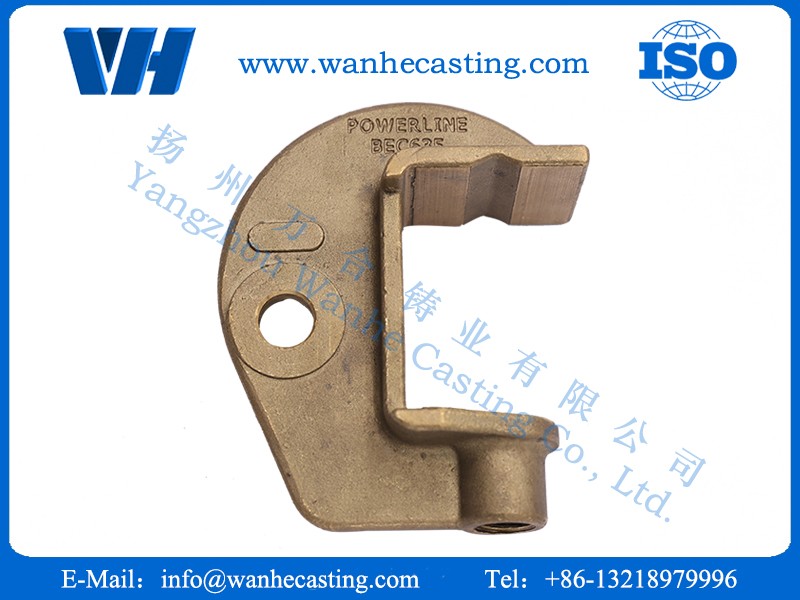
Author:Wanhe Time:2020-10-03 Clicks:15222
The wall thickness of copper castings will change with the shape of the copper castings, which are usually called wrong boxes, wrong sides, and partial cores. There are many reasons for this achievement, such as poor mold cooperation, worn positioning pin sleeves, mold movement on copper castings, errors in other parts of the mold, mold or mud box; it may also be that the sand box is not suitable; the clay core is being made , Deformation during baking and transportation; before pouring, because the mold to be poured was neglected, the flask moved.

In order to prevent the wall thickness of the copper casting from being damaged, on the one hand, the damage of the mold and the sand box should be repaired immediately to make the copper casting skewed; whether the positioning pins and positioning pins move or damage, check the positioning pins and pin holes on the sand box and the template No wear and deformation.
In addition, the gap between the cores must be strictly enforced. When forming the template, positioning pins should be used to ensure that the appearance of the copper castings of the high and low boxes are different; if required, a tenon can be used to prevent tilt; there is no clay core supported by the clay core.
The deformation of copper castings is caused by forging stress, and the appearance and size of copper castings do not match the type. The reason is very complicated. The temperature difference formed by cooling is also great. Because the beams are adjacent from top to bottom, the thickness of the beams is not only shortened due to the temperature drop, but also shrinks and shortens due to shrinkage and thinning. Conversely, the thin collapse reduces the collapse, resulting in a thickness collapse that is greater than the thickness collapse.